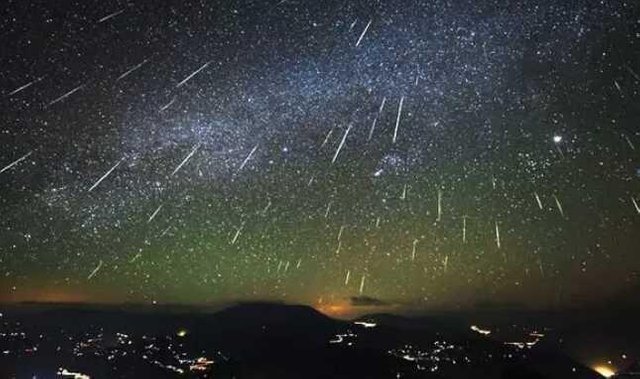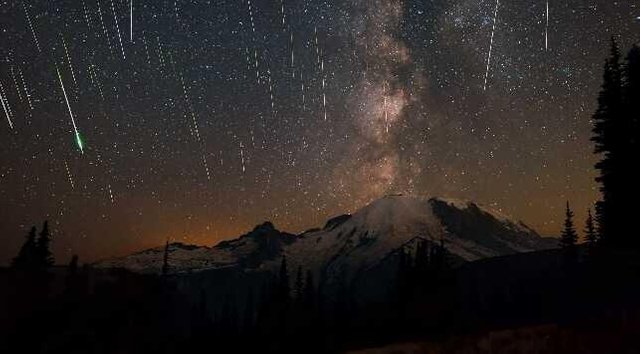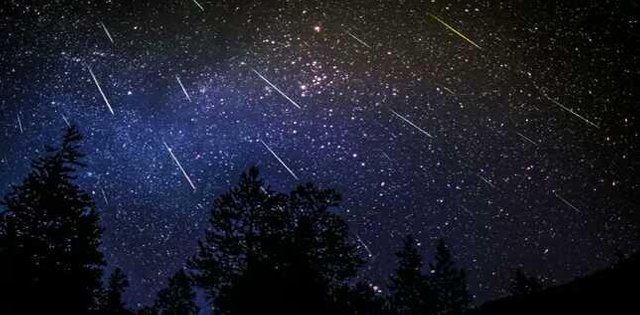Share the most exciting news that happened today
After the Quadrantids meteor shower in early January, the meteor shower will return to the earth. This time the Perseid meteor shower can be watched on 11-12 August 2018 night. According to the Chairman of the National Institute of Aviation and Space, Thomas Djamaluddin this phenomenon can be witnessed in all regions of Indonesia.

"All areas of Indonesia can see it. The conditions are, the weather is clear, far from light pollution, and the field of view is not obstructed, "he told Okezone, Saturday (08/08/2018).
Furthermore, according to him, LAPAN in Agam, West Sumatra (West Sumatra) and Biak Papua will record the event wearing radar meteors. As is known, LAPAN in collaboration with Kyoto University, Japan, operates radar meteors (Meteor Wind Radar) in these two regions. The main objective is to research winds in the upper atmosphere, at an altitude of 70-110 km. But meteor radars can also be used for meteor flux studies (number of meteors per hour).

Meteor
According to Thomas, meteors are rocks or space dust that enter the Earth's atmosphere and burn at an altitude of 70-110 km. At certain times, the earth passes with the dust of the remaining comets so that the dust enters the earth's atmosphere and burns in large quantities.
At that time, he continued, observers could see meteor showers with tens to hundreds of meteors per hour. The number of hundreds of meteors per hour is usually called a meteor storm, at a certain time after the parent comet passes near the earth.

Meteor showers are named according to the constellations where the meteors appear to radiate. That point, called radians, is the intersection of the earth's atmosphere with a comet dust cluster.
Meanwhile, for Perseid meteor shower is an event that occurs every year between July 17 and August 24. This is a phenomenon of meteor shower which is often associated with comet Swift-Tuttle. Named Perseid because the point of the meteor shower event seems to originate from the direction of the constellation Perseus. In full, the Perseid meteors come from the tail dust of comet Swift-Tuttle (official name: 109P / Swift-Tuttle) that enters the Earth's atmosphere.
this sort of stuff i love, so i just googledit. seems im too far south to view it defeated pony sounds
You got a 9.46% upvote from @bid4joy courtesy of @steemforez!
You got a 6.16% upvote from @bpclan courtesy of @ruud-dinn!
Congratulations @xiow-loch! You have completed the following achievement on the Steem blockchain and have been rewarded with new badge(s) :
Click here to view your Board of Honor
If you no longer want to receive notifications, reply to this comment with the word
STOPDo not miss the last post from @steemitboard: